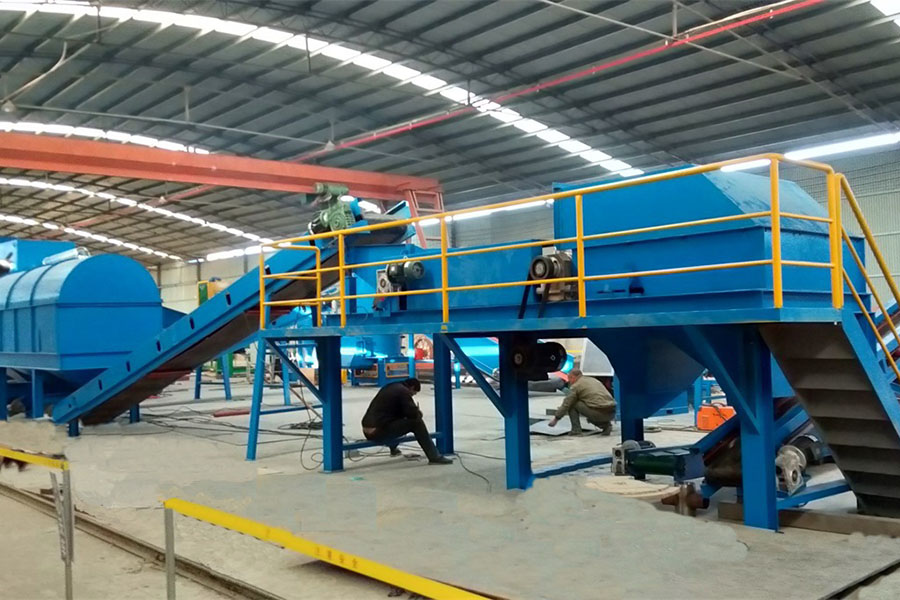
12 月 . 04, 2024 16:20 Back to list
The Waste Sorting Machine A Step Towards Sustainable Waste Management
In recent years, the escalating problem of waste management has posed significant challenges for urban and rural communities alike. As populations grow and consumption patterns shift, the sheer volume of waste generated daily has become a matter of urgent concern. One innovative solution gaining traction in the quest for effective waste management is the waste sorting machine. These machines not only help streamline the recycling process but also significantly contribute to environmental sustainability.
Understanding Waste Sorting Machines
Waste sorting machines are automated systems designed to sort various types of waste materials for recycling and proper disposal. They use a combination of advanced technologies, including conveyor belts, sensors, and artificial intelligence, to identify and separate different materials such as plastics, metals, glass, and organic waste. By efficiently categorizing waste, these machines reduce the need for manual sorting, which can be labor-intensive and prone to human error.
There are various types of waste sorting machines, each tailored to specific sorting needs. Some machines focus on specific materials, while others are equipped to handle a broader range of waste types. For instance, optical sorting machines use advanced imaging technology to detect and sort items based on their size, shape, and color, while magnetic separators focus on retrieving ferrous metals from a mixed waste stream.
The Environmental Impact
The implementation of waste sorting machines carries profound implications for environmental sustainability. One key benefit is their ability to significantly increase recycling rates. By ensuring that valuable materials are properly sorted and directed towards recycling facilities, these machines minimize the amount of waste that ends up in landfills. According to recent studies, facilities equipped with waste sorting technologies can achieve recycling rates exceeding 90%, a significant leap from the average rates observed in manual sorting plants.
Moreover, waste sorting machines play a critical role in reducing resource consumption. By recycling materials such as metals and plastics, we conserve finite natural resources, decrease energy usage, and lower greenhouse gas emissions associated with the extraction and processing of raw materials. The circular economy model – which emphasizes the continual use of resources – finds strong support in the functionality of waste sorting technologies.

Economic Advantages
In addition to the environmental benefits, waste sorting machines also offer considerable economic advantages. By streamlining the waste management process, these machines can reduce operational costs for municipalities and private waste management companies. With automated sorting, fewer personnel are required for manual labor, allowing organizations to reallocate resources more effectively.
Furthermore, properly sorted waste can lead to higher-profit margins for recycling facilities. High-quality recyclables tend to fetch better prices in the market, enhancing the financial sustainability of recycling operations. Countries and cities that embrace advanced waste sorting technology can ideally position themselves as leaders in sustainable waste management while generating economic returns.
Challenges and Considerations
Despite the myriad of benefits, the widespread adoption of waste sorting machines is not without challenges. Initial investment costs can be high, especially for smaller municipalities with limited budgets. Additionally, to maximize the efficacy of sorting machines, there must be public education on proper waste disposal practices. Citizens need to be informed about how to segregate their waste appropriately to improve the quality of recyclables that enter sorting facilities.
Moreover, relying solely on technology is not a comprehensive solution. Waste management strategies should encompass a holistic approach that includes reducing waste generation, promoting reusable alternatives, and fostering a cultural shift toward sustainable consumption practices.
Conclusion
In conclusion, waste sorting machines represent a significant step towards addressing the global waste crisis. With their ability to enhance recycling rates, conserve resources, and provide economic benefits, these machines symbolize a pivotal move towards sustainable waste management. However, achieving lasting change requires a collaborative effort from government, businesses, and community members. By embracing technological advancements like waste sorting machines and cultivating a culture of sustainability, we can pave the way for a cleaner, safer, and more sustainable future.
Latest news
Unveiling the Power of Eddy Current Separator
NewsSep.25,2024
Transform Your Home Recyclin:home metal shredder
NewsSep.25,2024
The Future of Waste Management with Recycling Line Picker
NewsSep.25,2024
The Benefits of a Metal Recycling Plant
NewsSep.25,2024
Revolutionize Material Separation with Onwang Technology
NewsSep.25,2024
Innovative Waste Management: Unveiling the MSW Sorting Plant
NewsSep.25,2024